Phone numbers used to start with letters. |
U.S. History |
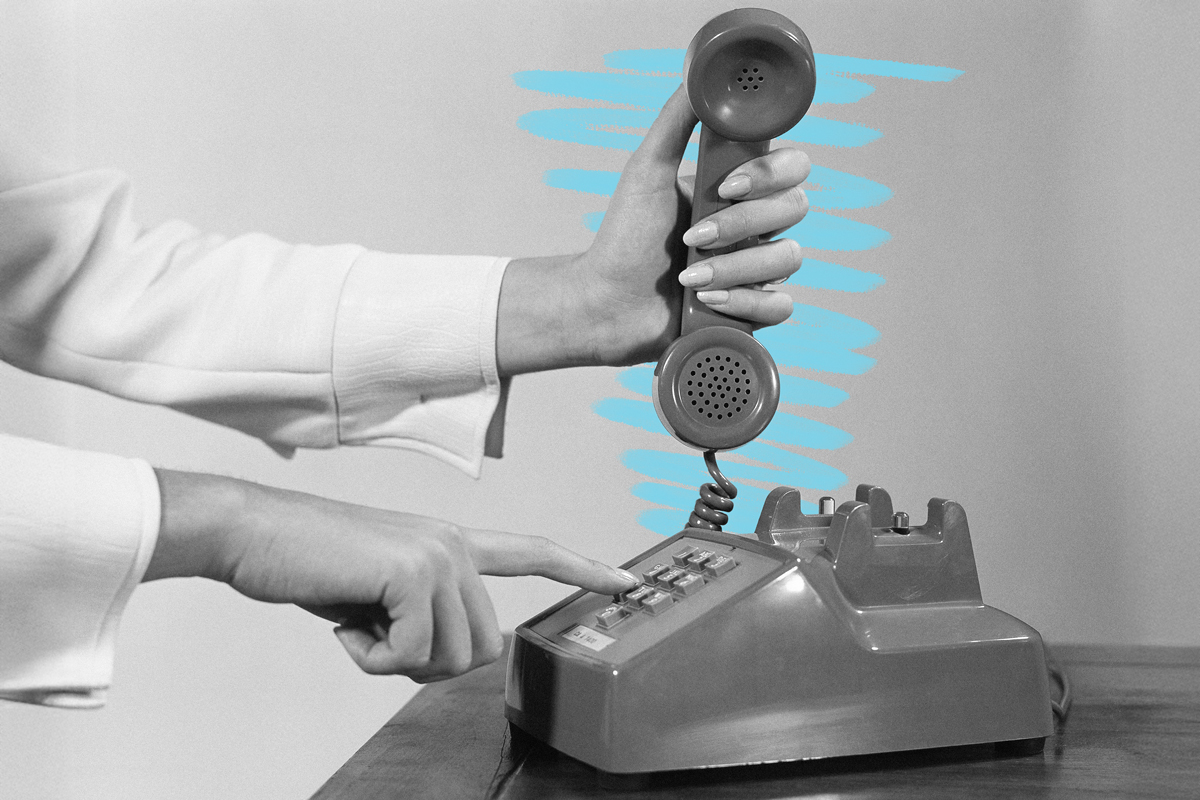 |
| |
For example, the Ricardos' phone number on I Love Lucy was MU 5-9975. "MU" was for Murray Hill, which evoked a familiar locality and was used for the whole east side of Manhattan's telephone exchange. When an exchange name was written out, the first two letters were usually capitalized, as in, "MUrray Hill 5-9975." The corresponding digits for "M" and "U" on the telephone dial were 6 and 8, so the operator could reach the Ricardos at 68 5-9975. | |
The first phones were connected to one another with wires, but as the number of phones grew, that became less practical, so phones were connected to telephone exchanges — those central switchboards you may remember from movies. When you dialed a number, you were actually dialing the exchange first, and they would connect your phone line to the person you were trying to call. Each exchange handled calls in a particular region or neighborhood. Referring to your phone number by the exchange name simplified things — "CEntral 6-0123," "MArket 7032," or "ENglewood 3-1234" were common formats. (Some phone numbers only had six digits, or even five in small locales.) | |
However, as cities and telecommunications systems expanded, this scheme began to strain. Exchange names and letter prefixes limited the number of combinations available. With the advent of automatic dialing (which required every line to have a unique, machine-readable number), long-distance direct dialing, and the need for more capacity, the industry eventually shifted to phone numbers with digits only in the mid-20th century. |
| By clicking a link in this email, you're agreeing to our Terms of Use and Privacy Policy. |
 | |||||||||
By the Numbers | |||||||||
| |||||||||
| |||||||||
 | |||||||||
| |||||||||
People protested the switch to numbers-only dialing. | |||||||||
When the phone company began phasing out lettered prefixes in favor of all-numeric dialing in the 1960s, not everyone welcomed the change. Many people felt that exchange names such as "PEnnsylvania," "TRafalgar," or "YUkon" added a sense of place and personality to the act of calling someone. Replacing them with just numbers, critics said, stripped away the literary charm of the phone system and made communication colder and more difficult. In San Francisco, a group calling itself the Anti-Digit Dialing League mounted a witty, if ultimately futile, campaign against what it called the "dehumanization" of the telephone system, and even filed lawsuits to stop the conversion. They were soon joined by the more grandly named Committee of Ten Million To Oppose All-Number Calling, which voiced similar complaints on a national scale. These groups knew that 736-5000 simply didn't have the ring — or the romance — of "PEnnsylvania 6-5000," the phone number for New York City's Hotel Pennsylvania immortalized in the Glenn Miller song. But practicality eventually won out. As telephone networks expanded and automation advanced, the alphanumeric system simply couldn't keep up with demand. The letters faded, and the digits took over. | |||||||||
 | |||
Recommended Reading | |||
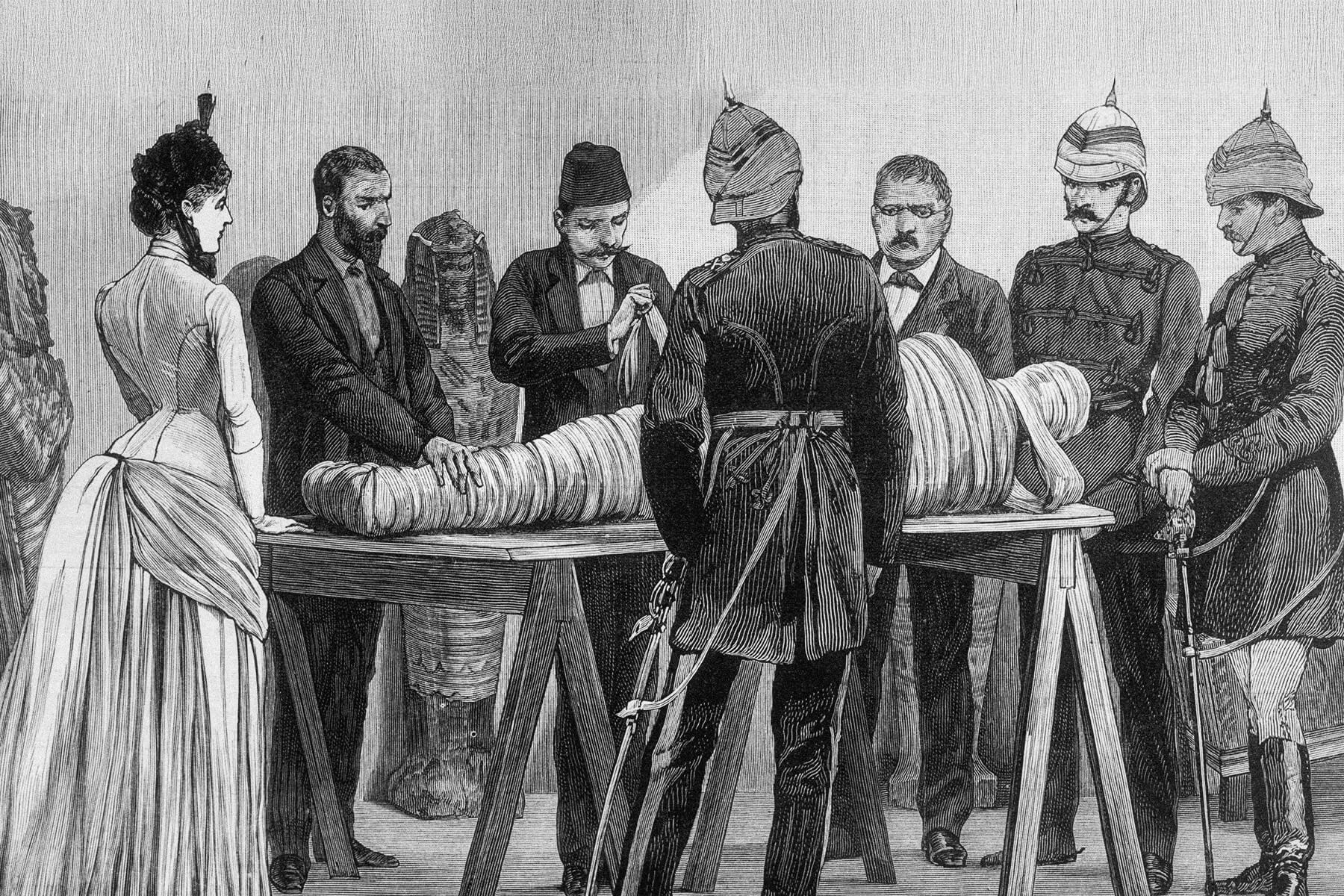 | |||
Arts & Culture | |||
| |||
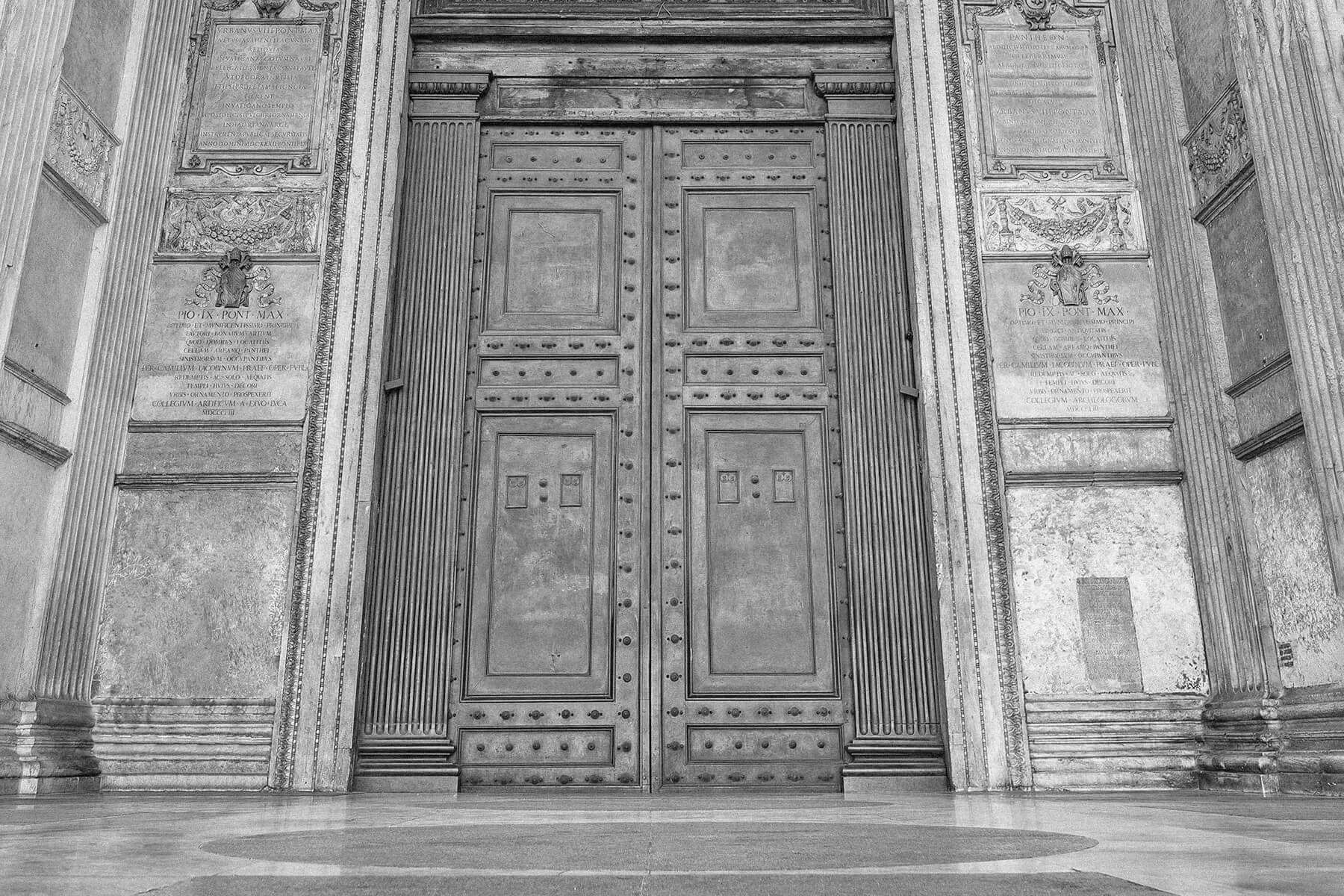 | |||
World History | |||
| |||
| + Load more | |||
| |||||||||||||||||||||||||||||||||||||||||||||||||||||||
| |||||||||
| 325 North LaSalle Street, Suite 200, Chicago, IL 60654 | |||||||||

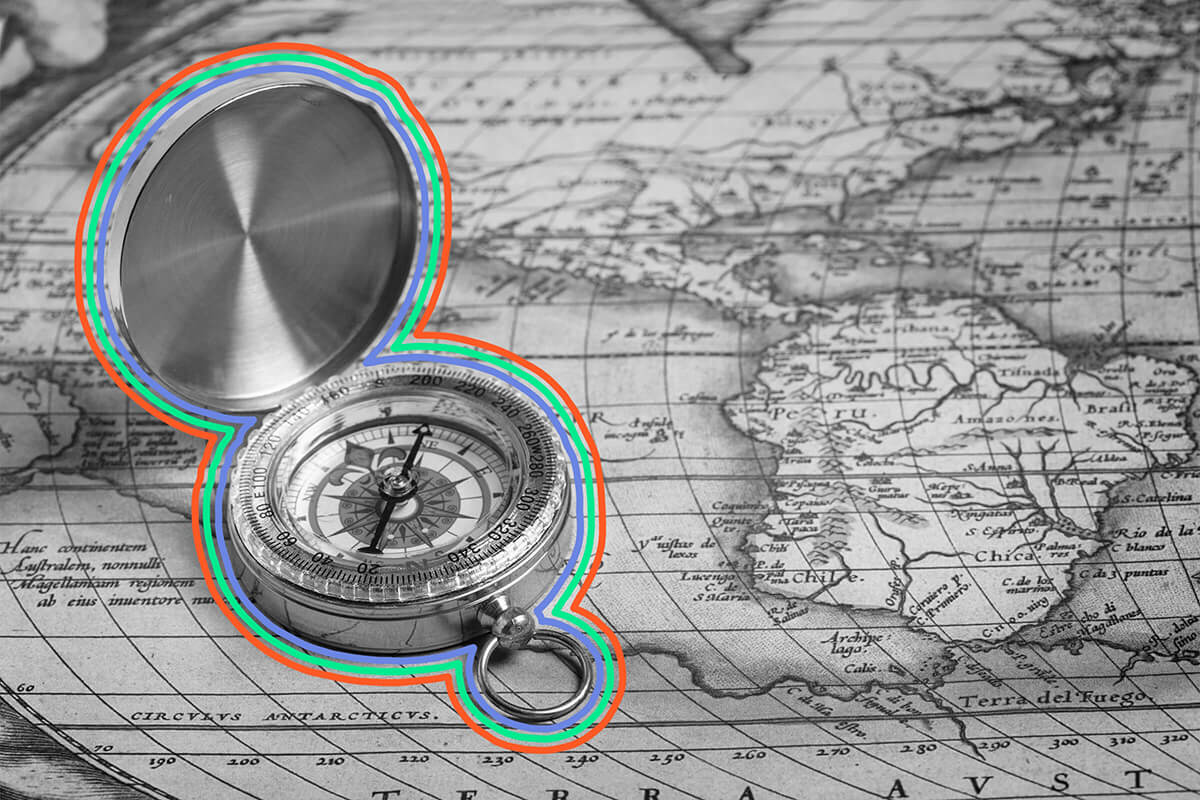
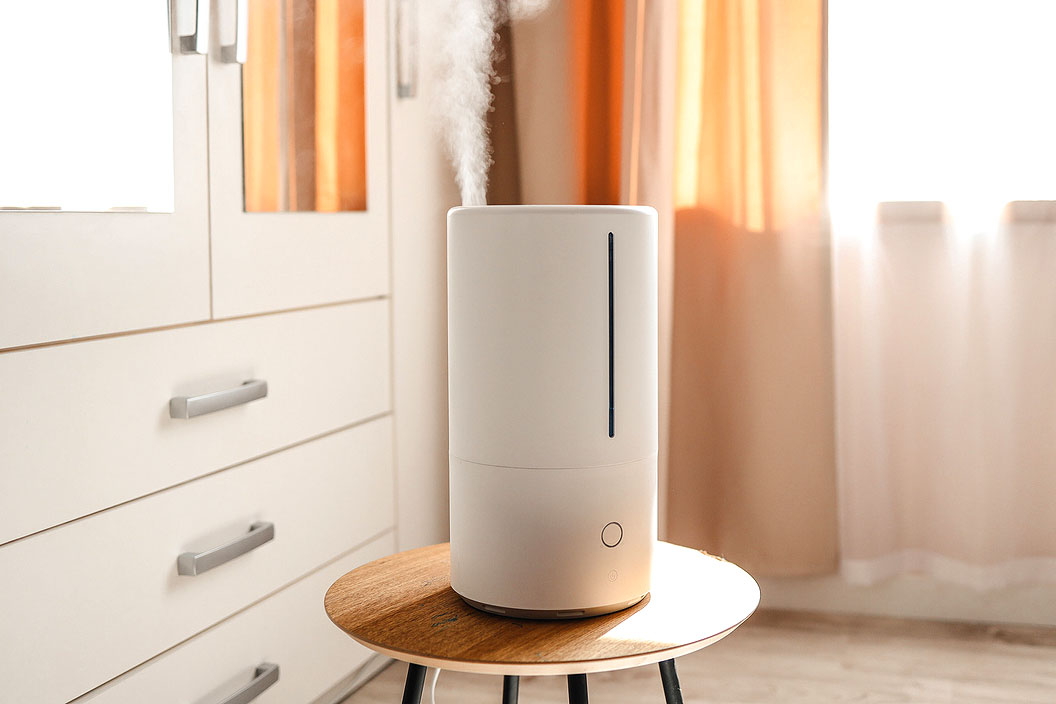
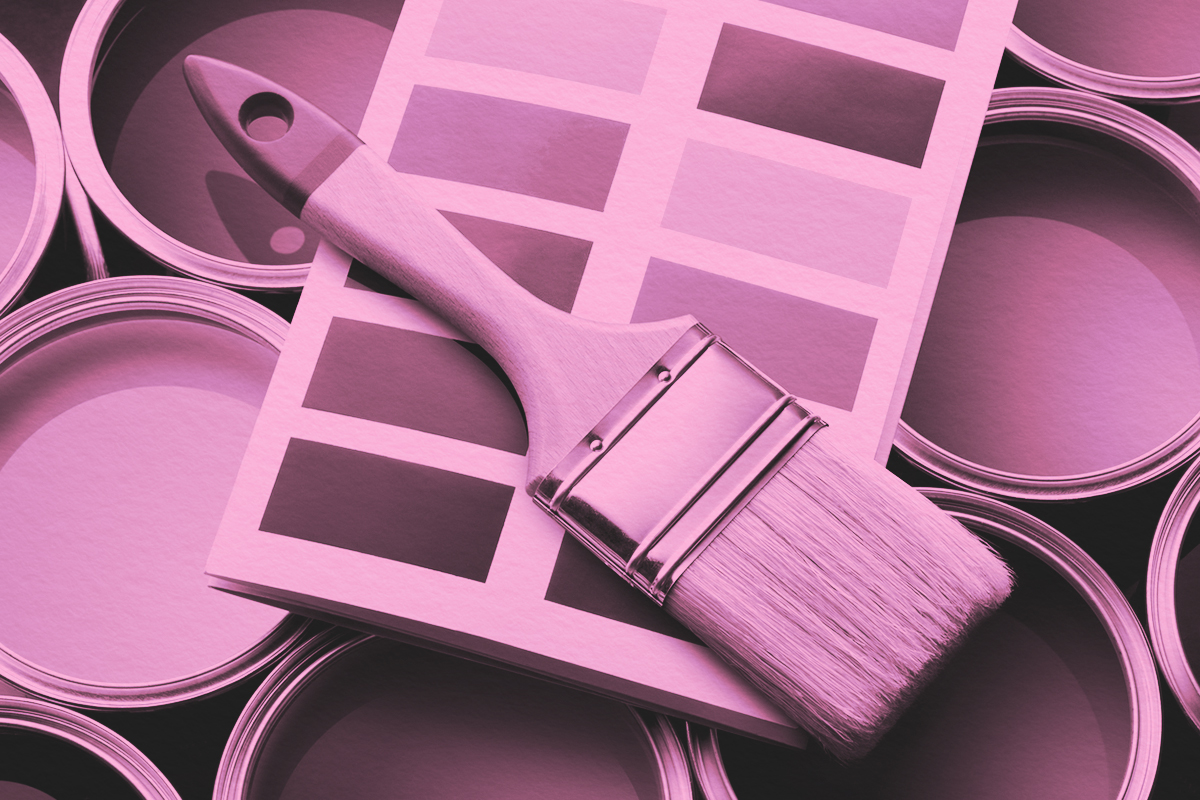


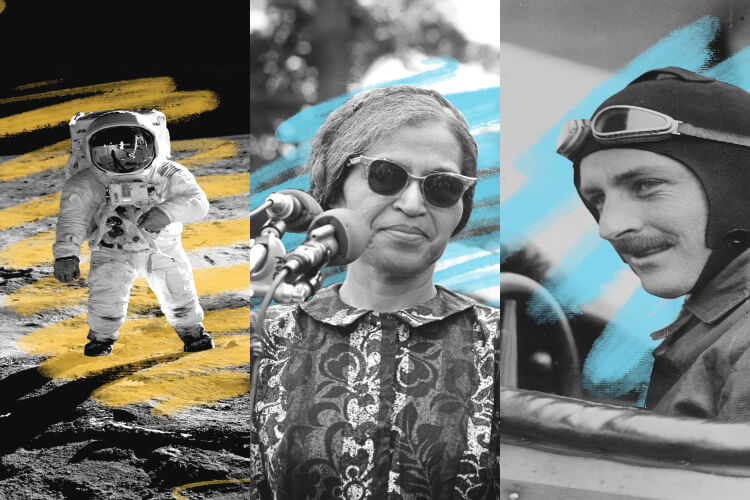
Ni komentarjev:
Objavite komentar